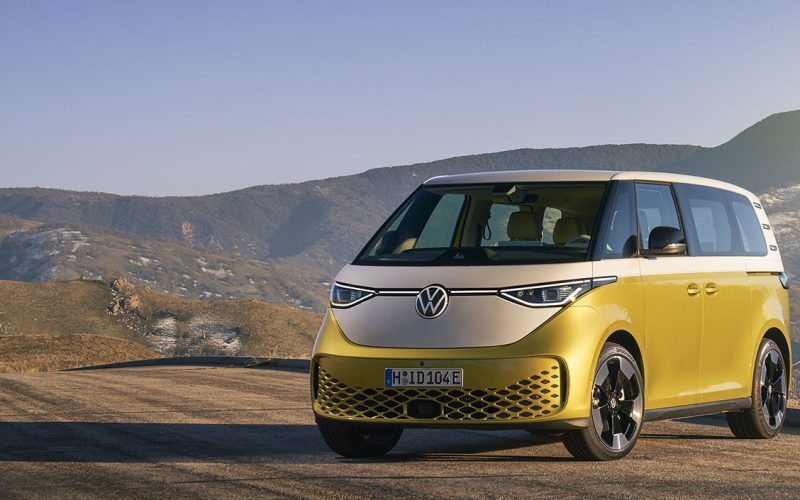
Reading Time: 7 minutesGood news! The VW van is actually coming back, and it looks like this visual blast
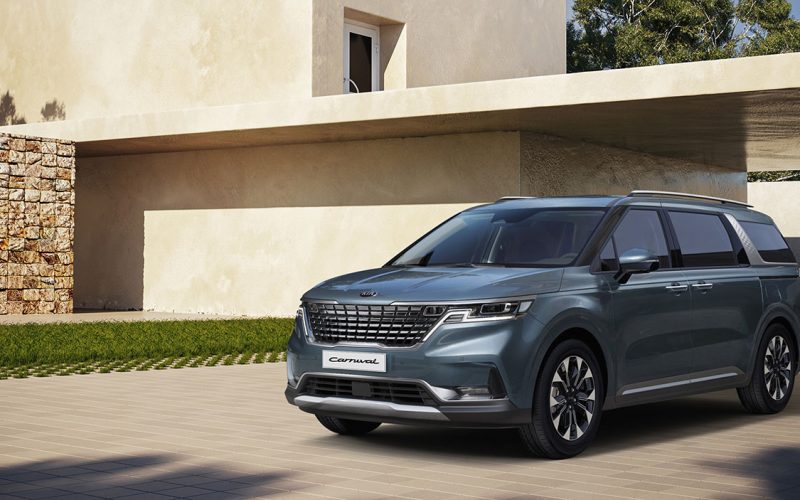
Reading Time: 5 minutesWould you rather ride around in a Carnival or a Sedona? While a Carnival sounds like
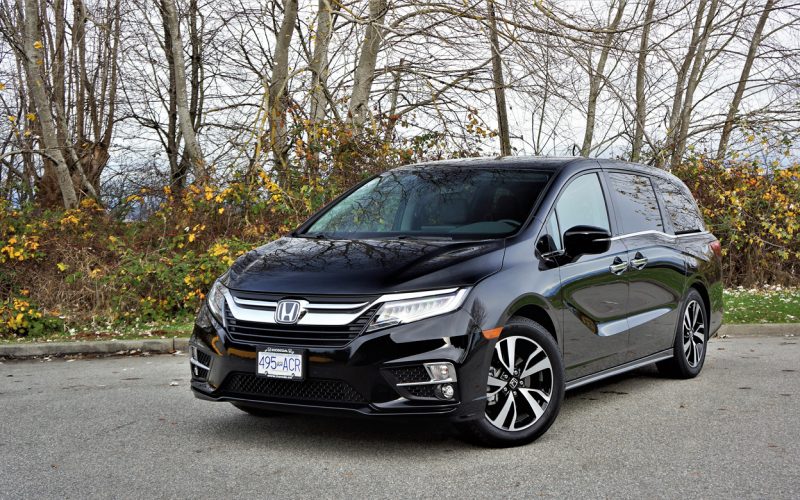
Reading Time: 15 minutesThe minivan is a strange beast. After the segment’s first foray into the market during the
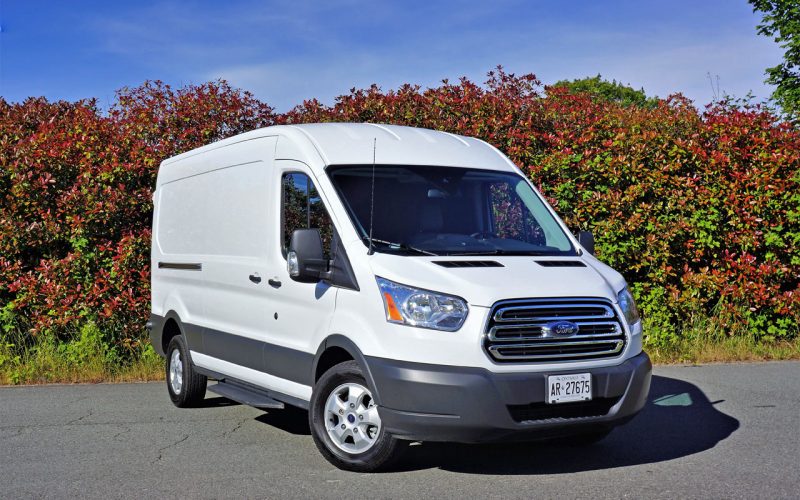
Reading Time: 5 minutesI bet you can think of a dozen or more things you could do with this
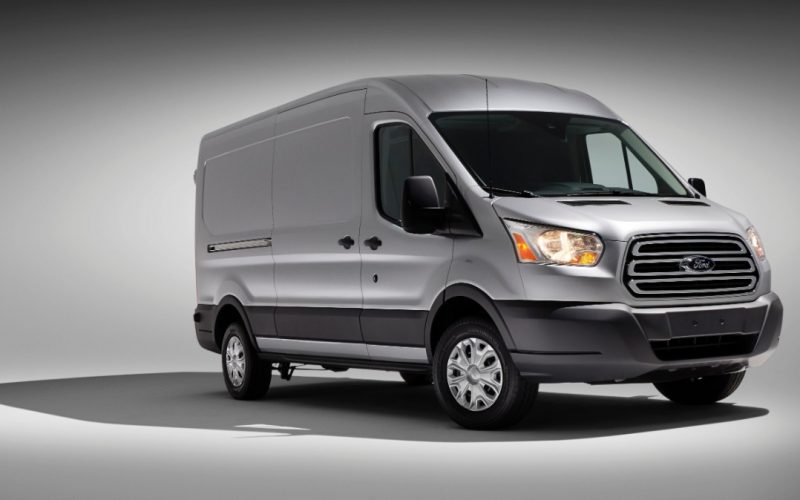
Reading Time: 2 minutesOn Wednesday June 28, 2017 Ford issued a recall for 402,462 Transit vans and buses in
© 2025 The Car Magazine. All Rights Reserved, Privacy Policy | Terms of Use